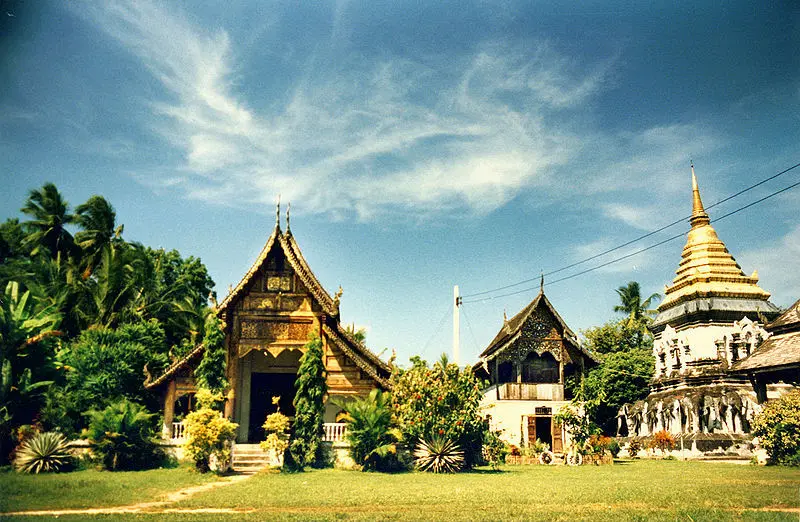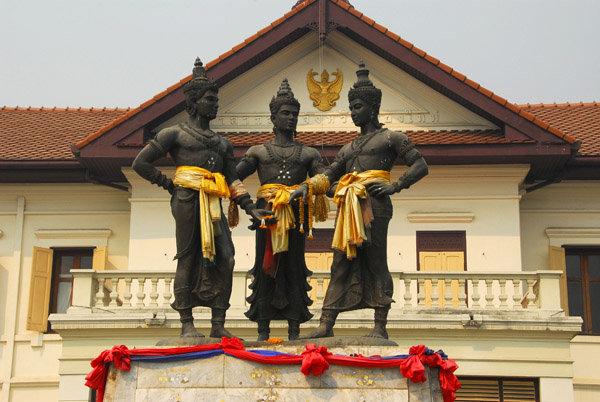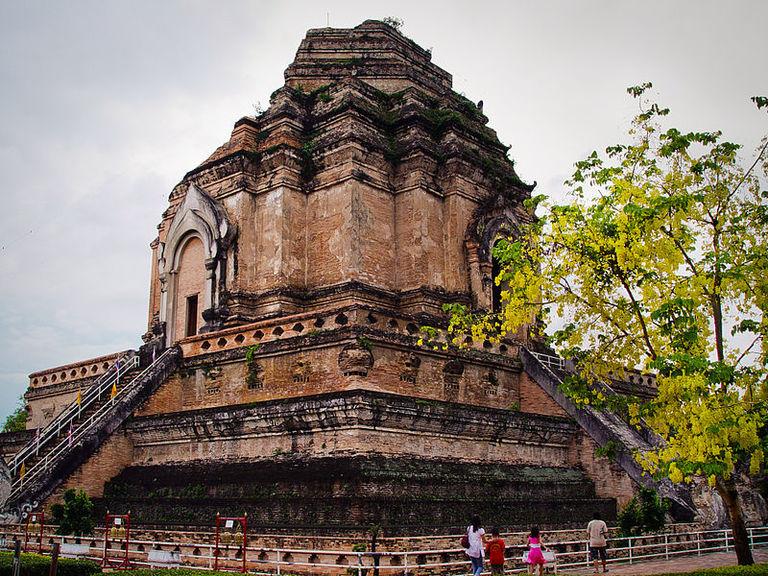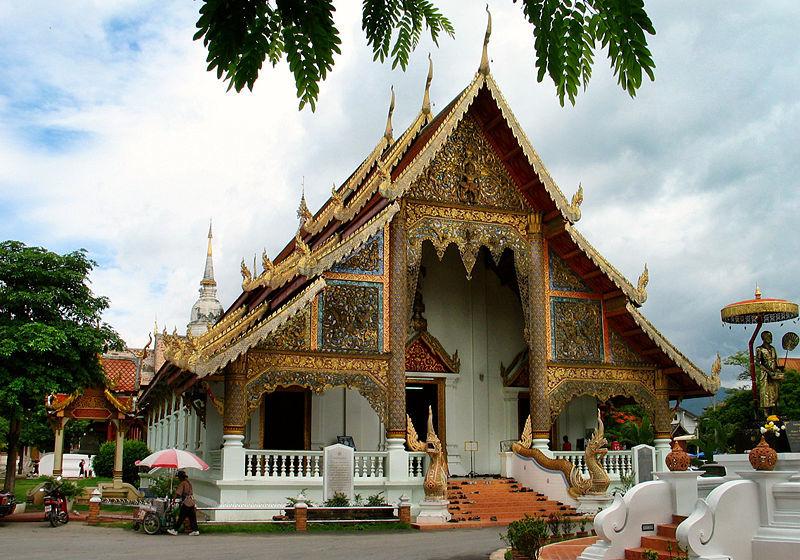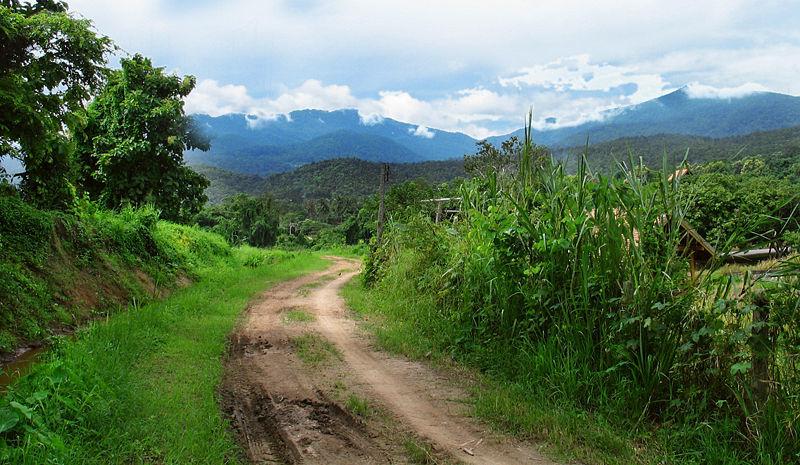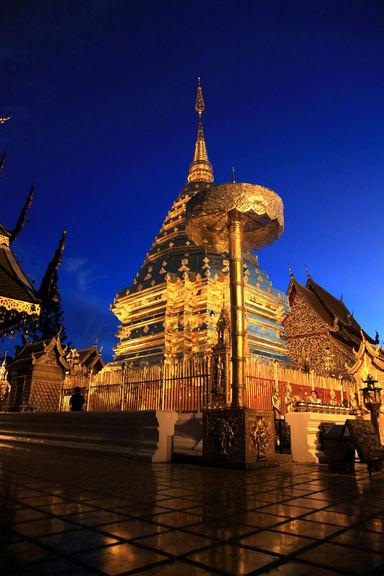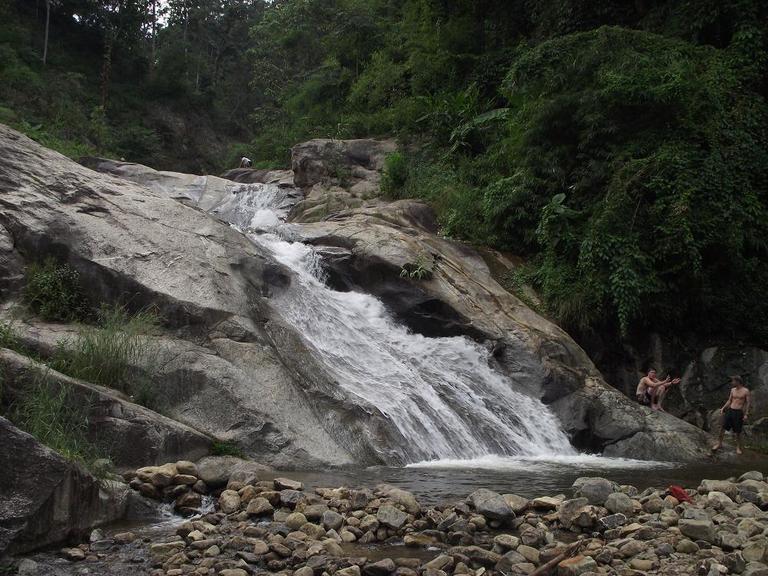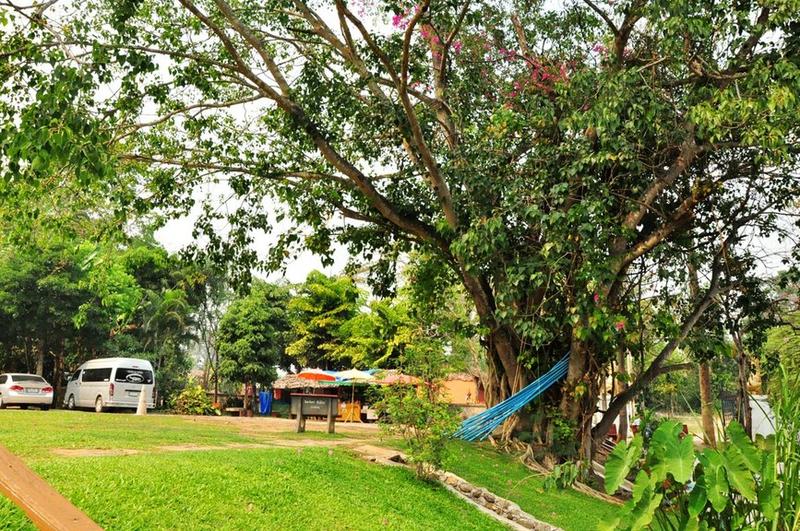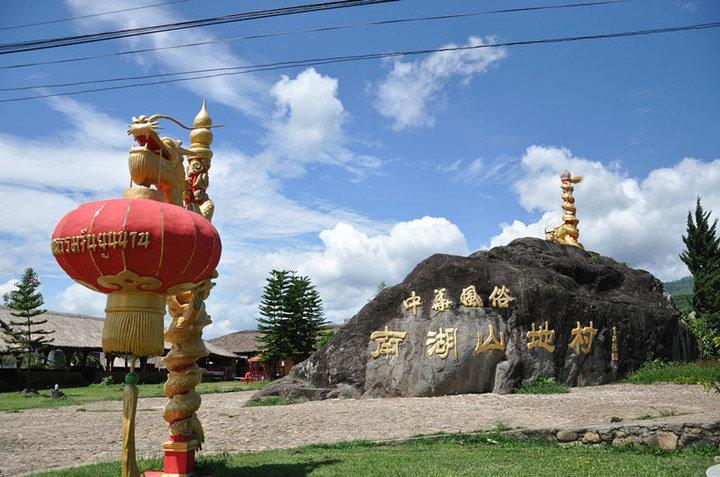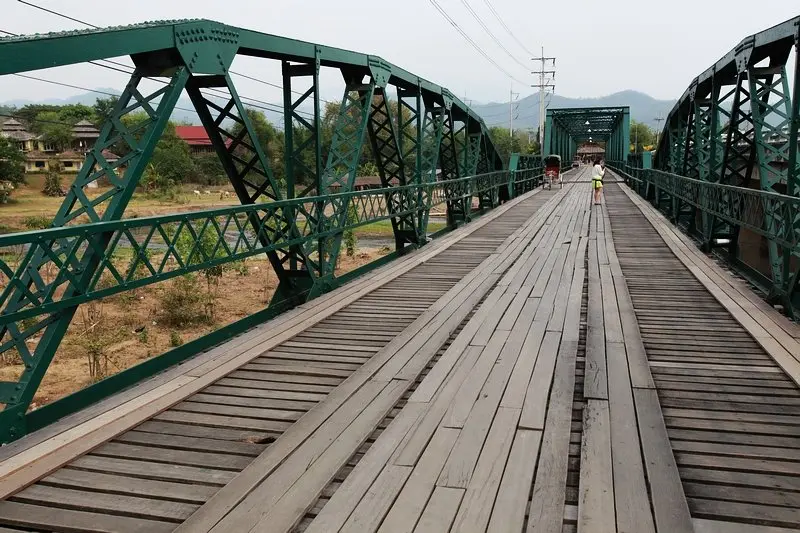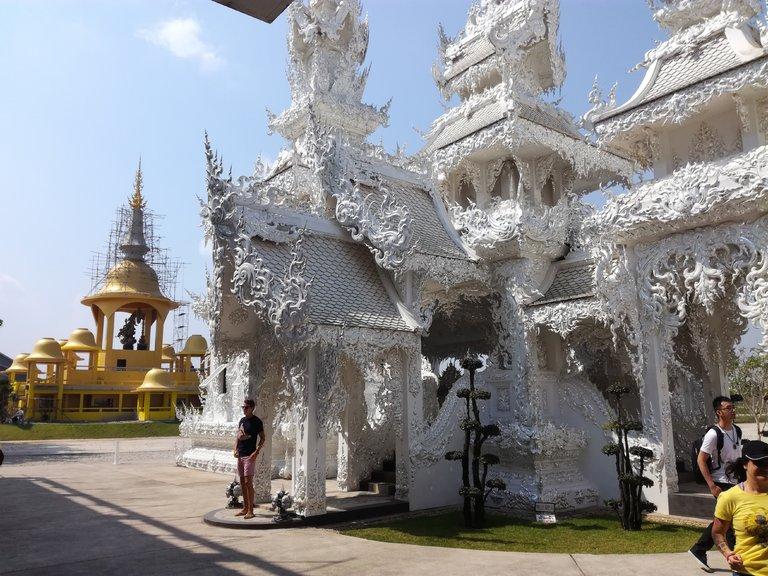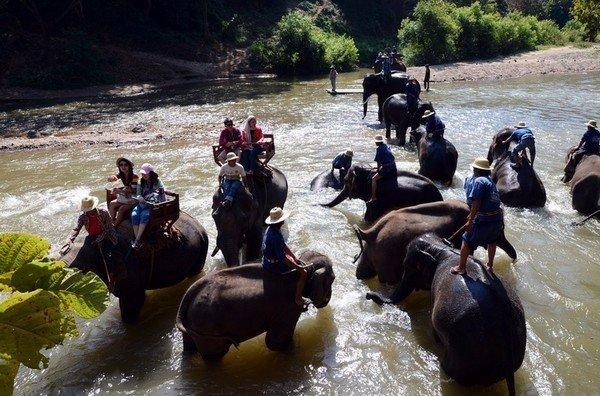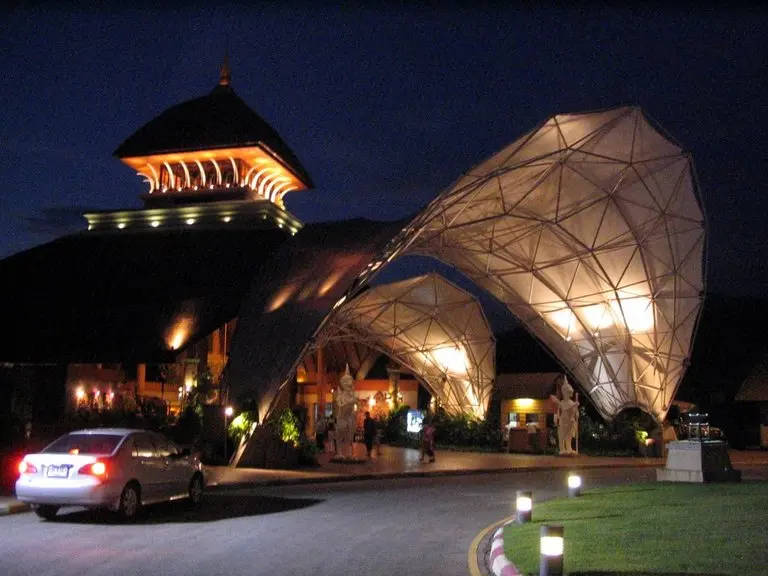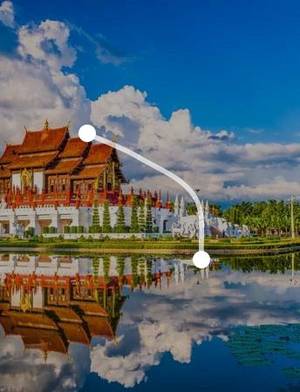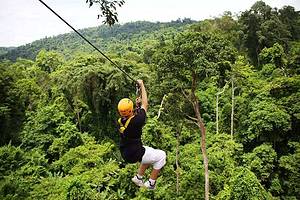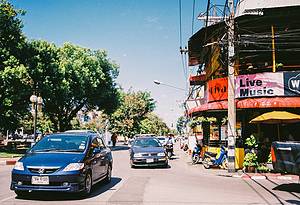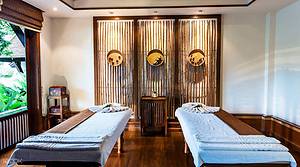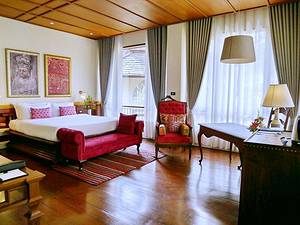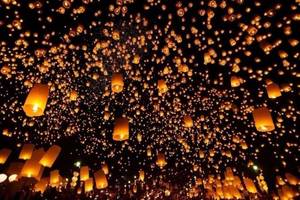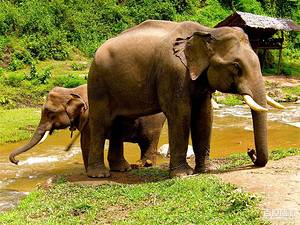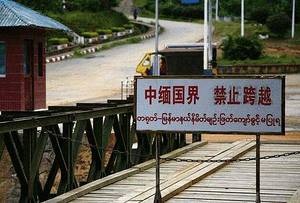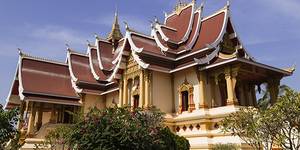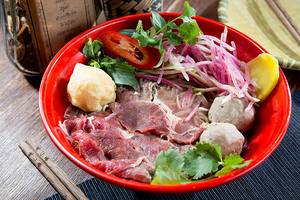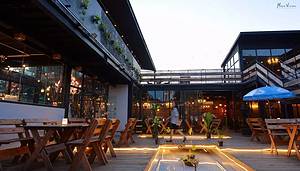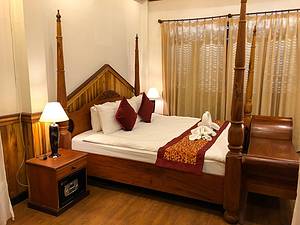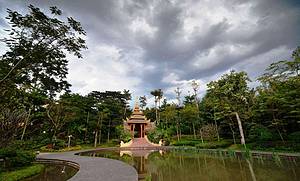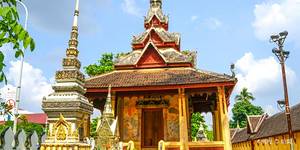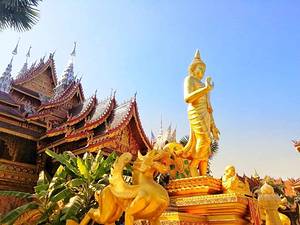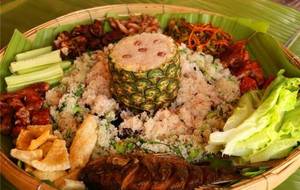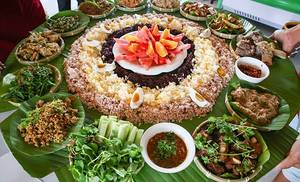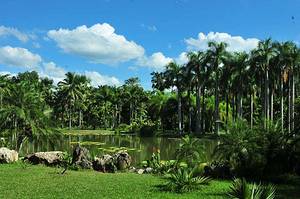7-day Cultural Journey in Northern Thailand
3 cities |
24 attraction(s) |
total distance 189
km
 TIPS
TIPS
Day1
Day2
Day3
Day4
Day5
Day6
Day7
Day1: Chiang Mai
6 attraction(s) ·
5 km
1
Also known as Wat Chiang Man, it is the oldest temple in Chiang Mai. It was originally a palace and residence of the king and was converted into a temple in 1926. The main hall features distinctive Lanna-style architecture and two famous precious Buddha statues. The temple also has a square chedi decorated with elephant carvings, surrounded by 15 elephants. The temple is highly regarded for its exquisite decorations and beautiful courtyard. There are also monks and freely roaming cats and dogs in the temple.
2
km
2
In front of the Chiang Mai Cultural Center, there are famous Three Kings statues to commemorate the three individuals who made significant contributions to Chiang Mai: Emperor Mengrai, King Ramkamhaeng, and King Ngam Muang. They are the three most important kings in the history of Lanna, the northern part of Thailand and Laos. The statues have also become a pilgrimage site for the local residents, where they offer flowers and light candles, praying for the blessings from the spirits of the three kings.
1
km
3
Located at the southern end of Phra Pokklao Road in the old city of Chiang Mai. It is famous for its visually stunning Great Buddha Stupa, which was built in 1411. It is one of the most famous of the six major temples in Chiang Mai and is considered one of the most revered temples in Chiang Mai alongside Wat Phra Singh. The entrance is adorned with snake and peacock decorations, and there is a huge Buddha statue inside. Behind the main hall is a magnificent square Great Buddha Stupa, which was first built in 1411 and has been expanded several times since then, reaching a height of 90 meters. In 1545, a major earthquake struck Chiang Mai, causing the pointed top of the Great Buddha Stupa to collapse overnight, revealing the golden Buddha statue inside. Despite being destroyed by the earthquake, it remains the most magnificent building in Chiang Mai.
1
km
4
Phra Singh Temple was first built in 1345 as a memorial to Pa Yo's father. It is the largest temple in the ancient city of Chiang Mai and attracts the most visitors. The temple is famous for its statue of Phra Singh. It is one of the highest and largest temples in Chiang Mai, alongside Wat Chedi Luang. The temple was initially built by King Mangrai in 1345 and has been expanded multiple times. It houses the ashes of King Kawila and features a gold-plated hall with exquisite wood carvings. There are also murals depicting the daily life of Chiang Mai residents and the temple in the 19th century. The temple is named after the revered gold-plated Phra Singh Buddha image. There are also similar Buddha images in Bangkok and Lopburi, said to be made in Sri Lanka. The temple also houses a collection of beautifully crafted manuscripts. The Bai Lai Pavilion is located in the corner of the temple, featuring white walls and a golden wooden door. Inside, there are murals depicting traditional clothing and customs of the region, representing traditional art of northern Thailand. The library inside the temple holds many classic works, and the walls are decorated with statues of goddesses in the "wai" (respectful gesture) pose. There are two white mythical creatures at the entrance. The temple is brightly lit and adorned with traditional music performances. The main hall has a more understated ivory-white color scheme. The outer walls of the temple feature large advertisements related to Buddhism. Opposite the temple is Wat Pha Bong.
1
km
5
The ancient city is in a square shape, with each side of the city wall and moat measuring about 1.5 kilometers long. It is well-preserved and is one of Thailand's important cultural heritages, with numerous beautiful and quiet ruins. Inside the ancient city, there are many traditional Thai temples, pagodas, as well as a variety of distinctive hotels, guesthouses, cafes, and restaurants. There are many ancient city gates, with the East Gate Tappei Gate being well-preserved. Famous temples inside the ancient city include Wat Chedi Luang, Wat Phra Singh, and Wat Chiang Man (the oldest Buddhist temple), most of which can be visited free of charge, except for a 20B admission fee for foreigners at Wat Phra Singh. The famous Sunday Night Market is located inside the ancient city, with the street leading from Tappei Gate being the entrance.
1
km
6
The East Gate of Chiang Mai's Old City is the starting point of the Night Bazaar and a landmark that is easy to find. It's a great place to experience the local culture and interact with locals. Visit the Warorot Market to engage in small-scale trading and truly experience life in northern Thailand.
Day2: Chiang Mai
5 attraction(s) ·
27 km
1
Doi Suthep is a 1676-meter high mountain named after the hermit Sudeva who lived there for many years. It is a popular tourist destination with dense forests. The mountain slopes are covered with colorful roses, and the mountaintop is surrounded by white clouds, offering beautiful scenery. The viewpoint at the top, reached by climbing 300 steps, offers a panoramic view of Chiang Mai city and is a natural lookout point. The mountain is also known as "Yuxian Mountain" or "Huixian Mountain" by the local Chinese. Doi Suthep National Park was established in 1981, and there are several temples nearby. If you visit Chiang Mai, be sure to visit Doi Suthep to overlook the city. It is also popular among birdwatchers and hikers.
1
km
2
Doi Suthep is located 16 kilometers west of Chiang Mai, with an elevation of 1667 meters. The top of the mountain offers stunning views of Chiang Mai city. A 300-step staircase leads to the observation deck, making it a natural lookout point. The temple on Doi Suthep, known as Wat Phrathat Doi Suthep, was built in 1383 and houses a golden stupa containing the relics of the Buddha. The temple is also known as the "Temple of the Double Dragon" due to the two dragon statues on the staircase. The mountain is considered a sacred place by locals and offers panoramic views of Chiang Mai and its surroundings.
6
km
3
Phu Ping Ratchaniwet Palace is the royal palace and summer residence of the Thai royal family, completed in 1962. It is a Thai-style architecture with lush gardens and beautiful flowers. The palace is located on the Suthep Mountain and offers a cool and serene atmosphere. It is a popular destination for tourists and a great place to escape the summer heat. The palace can be visited along with the nearby Doi Suthep Temple. The entrance fee is 50 THB for foreigners and 20 THB for locals. The palace is open from 8:30 am to 4:00 pm on weekends and public holidays. The garden is open daily from 8:30 am to 4:15 pm.
17
km
4
Chiang Mai University, founded in 1964, is the first institution of higher learning in Northern Thailand and the first national university in Chiang Mai. It is currently ranked second in Thailand and covers an area of 14 square kilometers. The university has 107 faculties, with over 18,000 students and more than 2,000 teachers. While Chiang Mai University's overall academic level may not be comparable to some renowned universities in Bangkok, its engineering and medical technology programs are outstanding, earning the university a reputation. The campus is located 2 kilometers west of the city center, very close to Doi Suthep Mountain.
3
km
5
Chiang Mai's smallest commercial area, art district. It's not only a great place for shopping, but also home to many unique cafes and galleries.
Day3: Pai
3 attraction(s) ·
74 km
1
50KM away from Pai County. It takes about 1.5 hours to ride a motorcycle to reach. The caves have a history of over 1700 years. Here, you can not only explore the caves but also enjoy the fun of drifting. Public transportation can take a bus to Soppong, then take a taxi for 8km to reach.
57
km
2
The Pai Canyon is located between Pai and Chiang Mai, 8 kilometers away from Pai. Visitors can climb up the observation deck along the stairs to overlook the cliffs and the Pai Canyon. The canyon can be reached via a dirt road, but there is no shade on the way, so it is best to visit in the early morning or evening.
17
km
3
This is a small waterfall located in Bai County. Although it is not as magnificent as those in China, it is still worth enjoying as part of the outdoor scenery. The waterfall is located near a mountain village, so if you want to ride a bicycle there, pay attention to the road signs.
Day4: Pai
5 attraction(s) ·
20 km
1
Nanhu Temple has a history of over 400 years and is about 2 kilometers away from Baixian County. Inside the temple, there is a sacred Buddha statue, and there used to be spring water gushing out of its head, which was regarded as holy water by the people. Many local Thai tourists come here because of its fame. There is also a small market nearby.
2
km
2
Mountain Village, also known as Kuomintang Village or Yunnan Village, is located approximately 4 kilometers away from Baixian County, right below the Yunlai Observation Deck. Inside the village, there is a small market where you can taste Yunnan cuisine and tea. You can also go horseback riding and stay in Yunnan-style houses (08 1024 3982; flat house 1000-1500 Thai Baht), experiencing a unique Chinese flavor.
7
km
3
This is a temple located near the main road in Bai County. It is situated on the hilltop and provides an excellent viewpoint for watching the sunset, as well as overlooking Bai County.
10
km
4
A small strawberry plantation located between Coffee in Love and Pai Canyon. Outside, there are large strawberry sculptures, flower carts, heart-shaped gates, message cards, etc. On the top of the slope, there is an open space where you can overlook the entire strawberry field and the mountain scenery behind it. Various sizes of strawberry models are scattered among them, plus the backdrop of "Strawberry, Love Pai", making it the most popular photography spot.
3
km
5
Bai County Memorial Bridge may appear abandoned at first glance, but in fact, thousands of Thai tourists visit here every year during the peak tourist season. It is one of the most important bends in the "Bai County 762 curves" and a highly popular photo spot. Located 9 kilometers away from Bai County, the bridge was built by Japanese soldiers during World War II.
Day5: Chiang Rai
2 attraction(s) ·
26 km
1
The Black Temple, actually designed and built by a local artist named Thawan Duchanee, is a black house museum located in the border area between Thailand and Myanmar. It contains many precious antiques collected by Thawan Duchanee, as well as specimens such as horns, skulls, and python skins, creating a gloomy atmosphere. It is often mentioned together with the White Temple, with the White Temple representing "heaven" and the Black Temple representing "hell".
26
km
2
The White Temple was built in 1997 by the renowned Thai architect Chalermchai Kositpipat. The white color symbolizes purity, and the shining glass pieces represent wisdom. The temple is themed around Buddhist mythology and is still under construction. The main building is made of white cement and adorned with intricate decorative patterns and reflective pieces, making it dazzling in the sunlight. There are water ponds in the front and back. Inside the main hall, there is a relatively small Buddha statue, and the background is a hand-painted monumental Buddha mural covering an entire wall, with large waves on both sides. From the completed parts, there are many interesting character paintings on the wall facing the front Buddha statue. The railings also have skull heads on all four sides, while the rest of the temple features statues of the Four-Faced Buddha. Since the temple was funded by the architect himself, the income from the souvenir shop will also be used to support its construction.
Day6: Chiang Mai
2 attraction(s) ·
40 km
1
Mewang Elephant Camp is an eco-friendly experience camp in the Chiang Mai area. There are no forced elephant performances or any abuse of elephants. The camp creates a lively and relaxed atmosphere, allowing visitors to genuinely experience the true nature of elephants.
40
km
2
Chiang Mai Night Safari, located at the foot of Suthep Mountain, covers an area of nearly 100 acres and is the largest zoo in Thailand. In addition to various exotic animals, the park also features scenic gardens, waterfalls, and lakes, offering beautiful scenery. From the mountain top, you can overlook the entire city of Chiang Mai.
Day7: Chiang Mai
1 attraction(s) ·
0 km
1
Eagle Track is the most cost-effective jungle zipline adventure in Chiang Mai. It is less than an hour's drive from the city center. Located between three hill tribes, there are endless rice fields and the MaeRam River flowing downstream. Jungle ziplining is an eco-adventure that allows you to fly through the jungle on both sides quickly, making you feel like you're leaving the busy world behind and immersing yourself in the depths of the jungle. The zipline platforms are suspended high on the trees, with spectacular views of the jungle and the MaeRam River at your feet.
